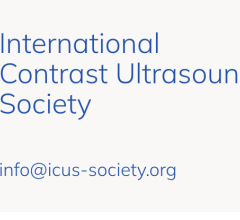
January 29, 2009 - GE Healthcare and InSightec announced that new data show that the noninvasive ExAblate 2000 Magnetic Resonance-guided Focused Ultrasound (MRgFUS) system is more cost-effective than myomectomy or Uterine Artery Embollization (UAE), according to a study that appears in the January 2009 issue (Vol. 25, Issue 1) of The International Journal of Technology Assessment in Health Care.
"This study shows that treating uterine fibroids with MRgFUS is a cost-effective option for payers" said David Lee Ph.D., Senior Director, Health Economics and Outcomes Research, GE Healthcare. "With any healthcare treatment, there is the direct cost of the procedure, but there's also the indirect cost of lost productivity, all the more crucial in today's economy."
Study results show that ExAblate patients enjoy a greater number of quality-adjusted life-years (QALYs) than those who undergo a myomectomy or a hysterectomy (17.36 vs. 17.31 and 17.18, respectively). ExAblate lifetime treatment costs were less than a myomectomy or uterine artery embolization, but more than hysterectomy, the most invasive of all procedures. "Taken together, the ratio of benefits to costs for ExAblate was well within accepted standards for cost-effectiveness," said Dr. Lee.
The ExAblate procedure takes about three to four hours and normally allows the patient to go home the same day and return to normal activities within a day or two. Hysterectomy, the most common treatment for this condition, is a major surgery, requiring two to five days of hospitalization plus six to eight weeks of recovery, and generating significant complications. Many women have chosen to suffer from the severe symptoms that fibroids cause rather than undergo hysterectomies or other invasive procedures.
For more information: www.gehealthcare.com


 April 16, 2025
April 16, 2025 








